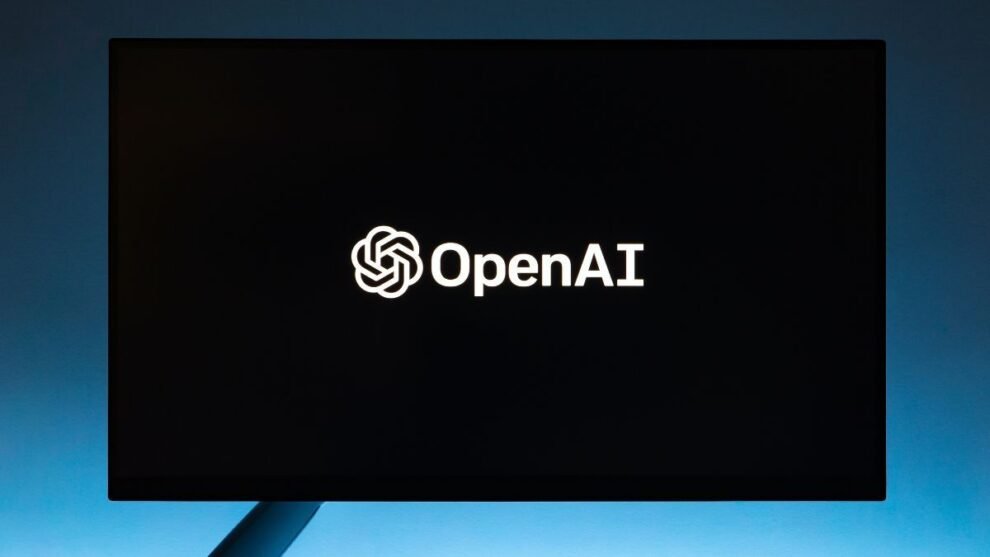In a significant move towards enhancing the transparency of digital content, OpenAI has introduced watermarks for images generated by its advanced AI models, ChatGPT and DALL-E 3. This initiative aims to distinguish AI-created images from those produced by humans, addressing growing concerns about the origins of digital content.
Key Highlights:
- OpenAI introduces watermarks to AI-generated images using DALL-E 3 and ChatGPT.
- The watermark includes the date of creation and the C2PA logo, enhancing transparency.
- A dual-provenance lineage is established, showing the origin, history, and ownership of content.
- Users can verify the tools used for image creation via Content Credentials Verify, though challenges remain in ensuring metadata’s persistence.
Increased Authenticity and Trustworthiness The decision by OpenAI to add watermarks is a response to the need for greater authenticity in the rapidly evolving digital landscape. By incorporating watermarks into AI-generated images, OpenAI seeks to provide a clear distinction between content created by humans and that generated by AI. This move not only boosts the transparency of AI-generated content but also fosters trust among users and content viewers.
How It Works The watermarks, embedded into the images generated by DALL-E 3 and ChatGPT, serve as a badge of authenticity. They include visible signs, such as the C2PA logo and the creation date, placed in the image’s top left corner. Additionally, an invisible metadata component is embedded within the image, further solidifying its origins.
Challenges Ahead Despite these advancements, challenges remain. The metadata, crucial for verifying the content’s AI-generated nature, can be stripped away either deliberately or accidentally, by actions as simple as taking a screenshot or through social media platforms. This highlights the ongoing battle against misinformation and underscores the complexity of ensuring digital content’s authenticity.
Conclusion: The introduction of watermarks on AI-generated images by OpenAI marks a significant step towards greater transparency and authenticity in the realm of digital content. This initiative not only aids in distinguishing AI-created images from those produced by humans but also enhances the overall trustworthiness of online content. Despite the potential challenges in maintaining the integrity of metadata, OpenAI’s move is a commendable effort to navigate the complexities of the digital age with increased clarity and honesty.


















